bioprinting
Latest
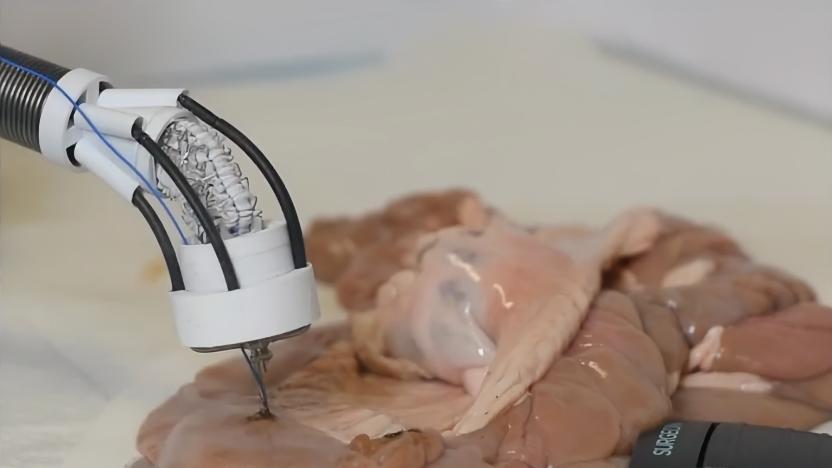
This insertable 3D printer will repair tissue damage from the inside
Researchers at the University of New South Wales, Sydney, have developed a flexible 3D bioprinter that can layer organic material directly onto organs or tissue. Unlike other bioprinting approaches, this system would only be minimally invasive, perhaps helping to avoid major surgeries or the removal of organs.
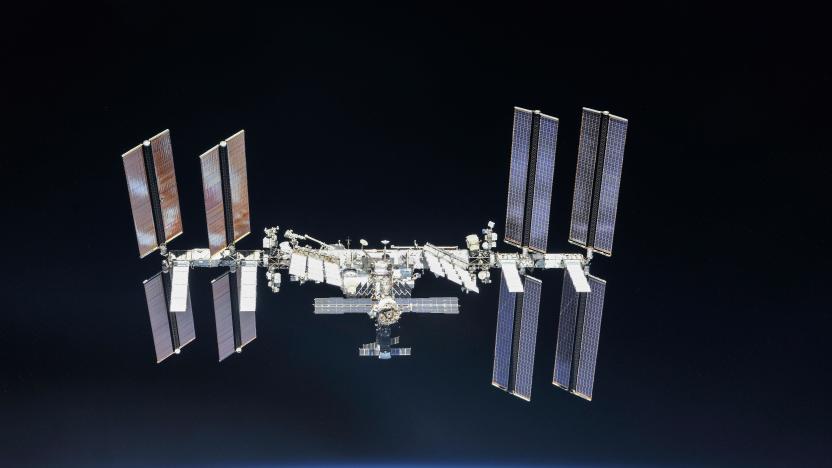
Astronauts will 3D print part of a human knee in space
NASA will test 3D printing knee parts in space to help soldiers on Earth.

Scientists 3D-print a functional piece of a heart
Researchers have 3D-printed heart filaments that could eventually repair damaged hearts.

3D-printed 'living ink' could lead to self-repairing buildings
Scientists have developed a 'living ink' that could be used to print organic materials, possibly including buildings that repair themselves.
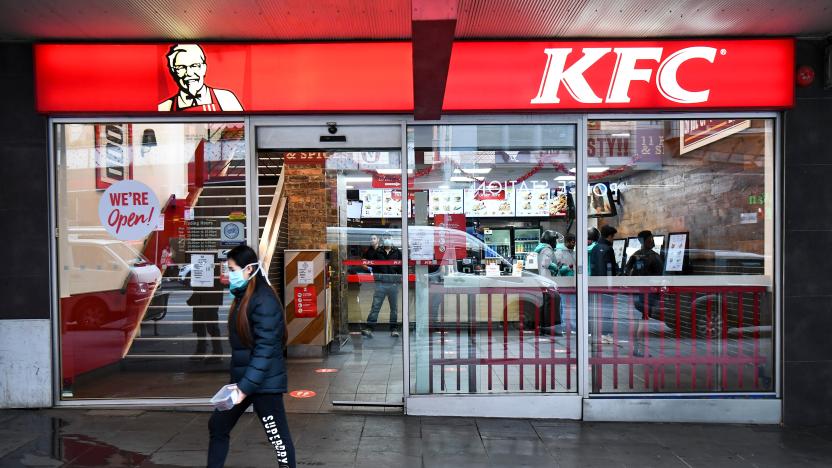
KFC hopes to develop the first lab-made chicken nuggets
KFC is teaming with a 3D bioprinting company to make the first lab-made chicken nuggets.
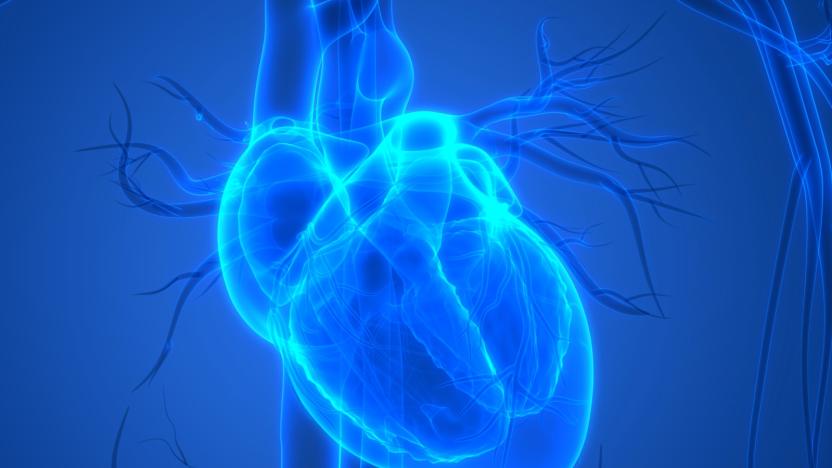
Chicago biotech company 3D prints a mini human heart
The Chicago-based biotech company BIOLIFE4D announced today that it has successfully 3D-bioprinted a mini human heart. The tiny heart has the same structure as a full-sized heart, and the company says it's an important milestone in the push to create an artificial heart viable for transplant.

Scientists bioprint living tissue in a matter of seconds
Bioprinting holds great potential for repairing injuries, testing drugs or replacing whole organs, but it's currently limited in complexity, viability and speed -- you can't just create tissue on a whim. Soon, though, it might be a matter of crafting whatever you need when you need it. Scientists at EPFL and University Medical Center Utrecht have developed an optical system that can bioprint complex, highly viable living tissue in "just a few seconds." It would represent a breakthrough compared to the clunky, layer-based processes of today.
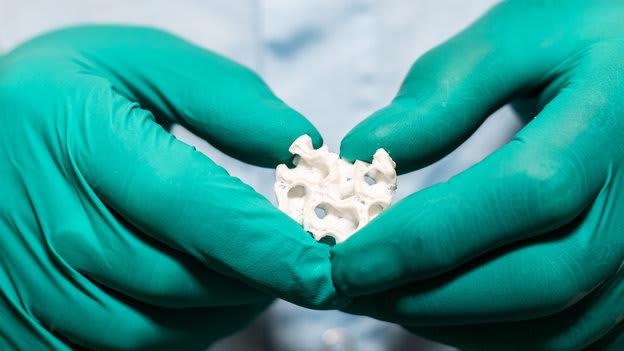
Mars crew could 3D-print skin and bones for injuries
A journey to Mars will take several months, and humans won't be able to turn back if an astronaut suffers a burn or a bone fracture. Which is why scientists at the University Hospital of Dresden Technical University have now produced the first bioprinted skin and bone samples for use in space. Even though treating patients with 3D-printed skin or bones is still in its early stages back on Earth, the technique is particularly vital in space, where the human body doesn't heal as quickly.

A 3D-printed patch could help you recover from a heart attack
Scientists have dreamed of easily patching up heart tissue in the wake of heart attacks, but there are always gotchas: for example, it's no mean feat to replicate the complex structures of real tissue. However, there may be a solution in sight. Researchers have produced a 3D-printed cell patch that can heal scarred heart tissue. The team used laser-based bioprinting to fit stem cells (based on adult human heart cells) to a matrix developed around a 3D scan of heart tissue's native proteins. When those cells grew, the matrix not only replicated the structures of regular heart tissue (down to 1 micron) but started beating in sync. And the early results are very promising.
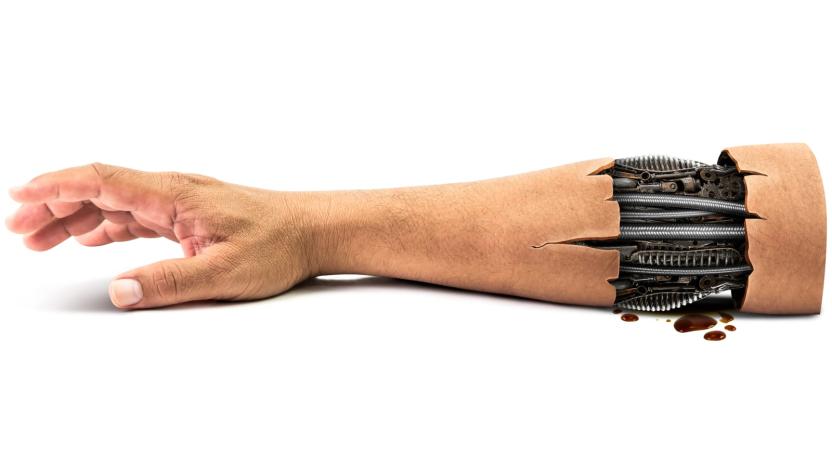
Robots could wear flesh to help form transplants
Right now, you have to grow human transplants in a stationary environment. That's more than a little dangerous when they could buckle under the stresses of a real body. Oxford University may have a clever (if slightly ghastly) solution to that problem: have robots wear the tissue first. If you grow muscles on humanoid robots, the movement and overall shape of those machines would lead to grafts and transplants that are ready for serious strain.

3D-printed 'dough' helps fix your fractured bones
One day, you might not have to spend ages waiting for broken bones to heal. Researchers have developed a 3D-printed, dough-like biomaterial that could fill large bone fractures while aiding the recovery process. The porous chemical blend can withstand the same abuse as the spongy parts of your longer bones while still letting cells and proteins through -- it even could release its own proteins to speed up your treatment.

L'Oreal is 3D printing its own human skin to test cosmetics
The L'Oreal Group hasn't tested its products on animals worldwide since 2013, instead relying on a predictive model that utilizes a "Reconstructed Human Epidermis" -- basically bits of skin grown in a lab -- to ensure that its products are safe. Now the French cosmetics giant is teaming up with 3D bioprinting company Organovo to create the real thing...or at least as real as human skin that comes out of an ink jet nozzle can be.




